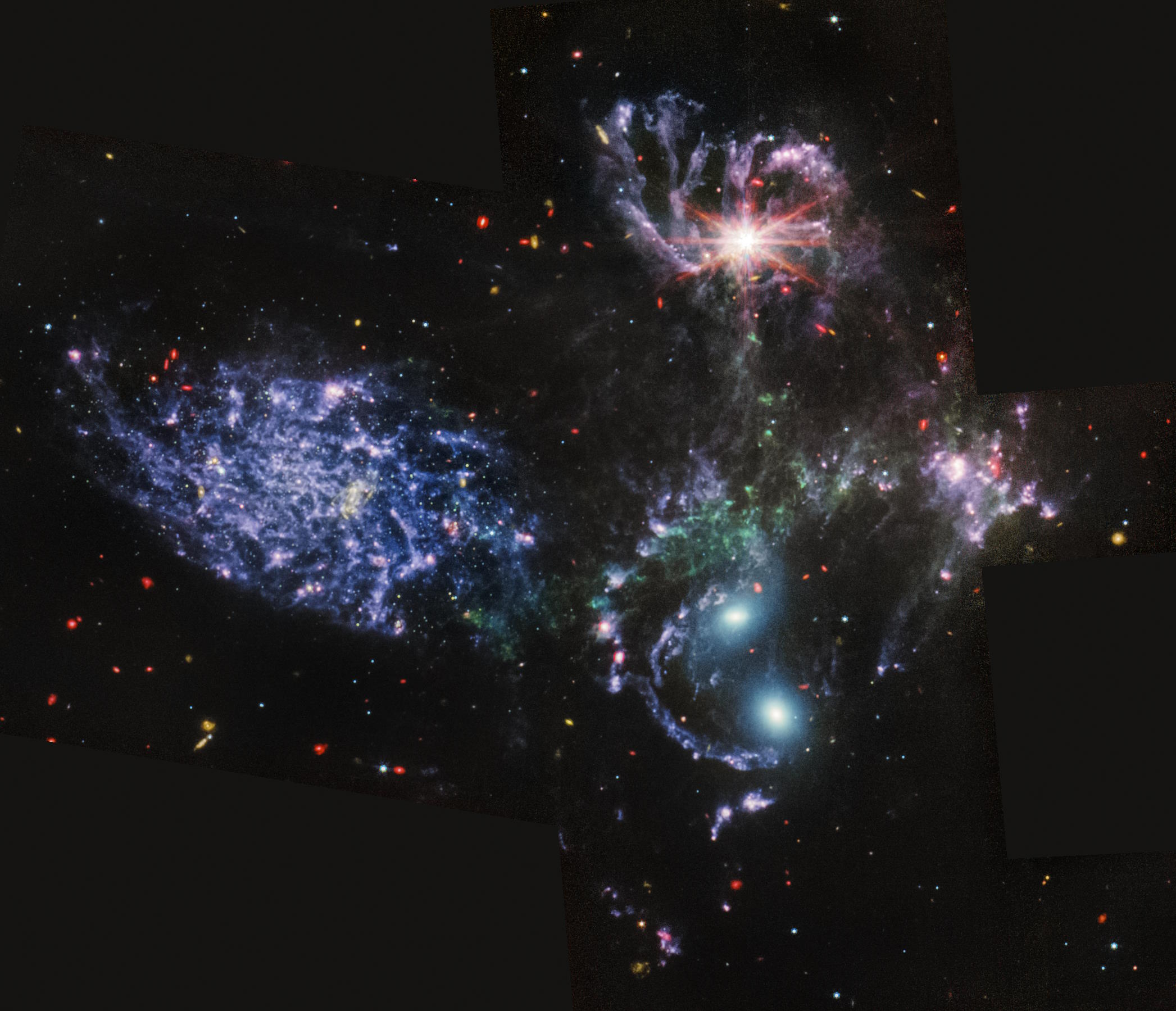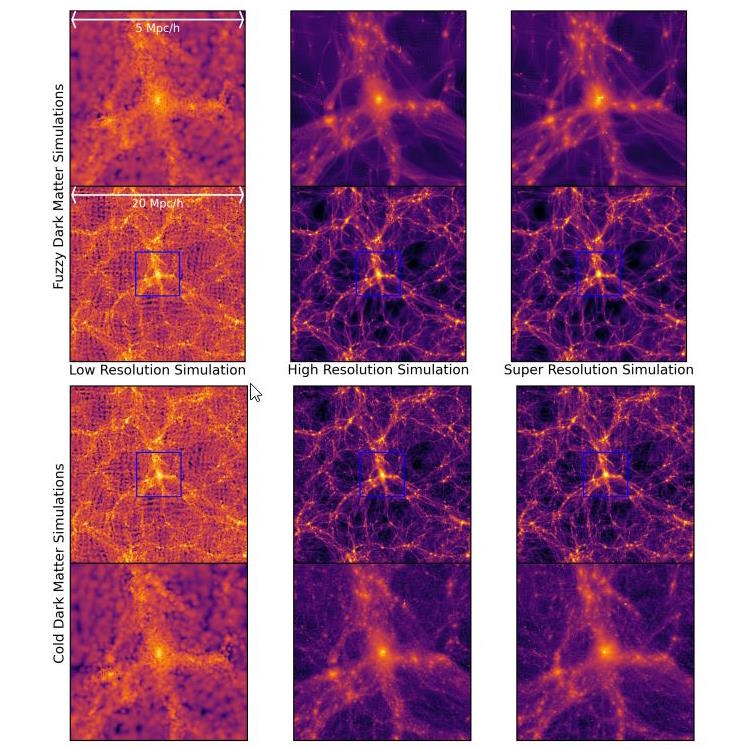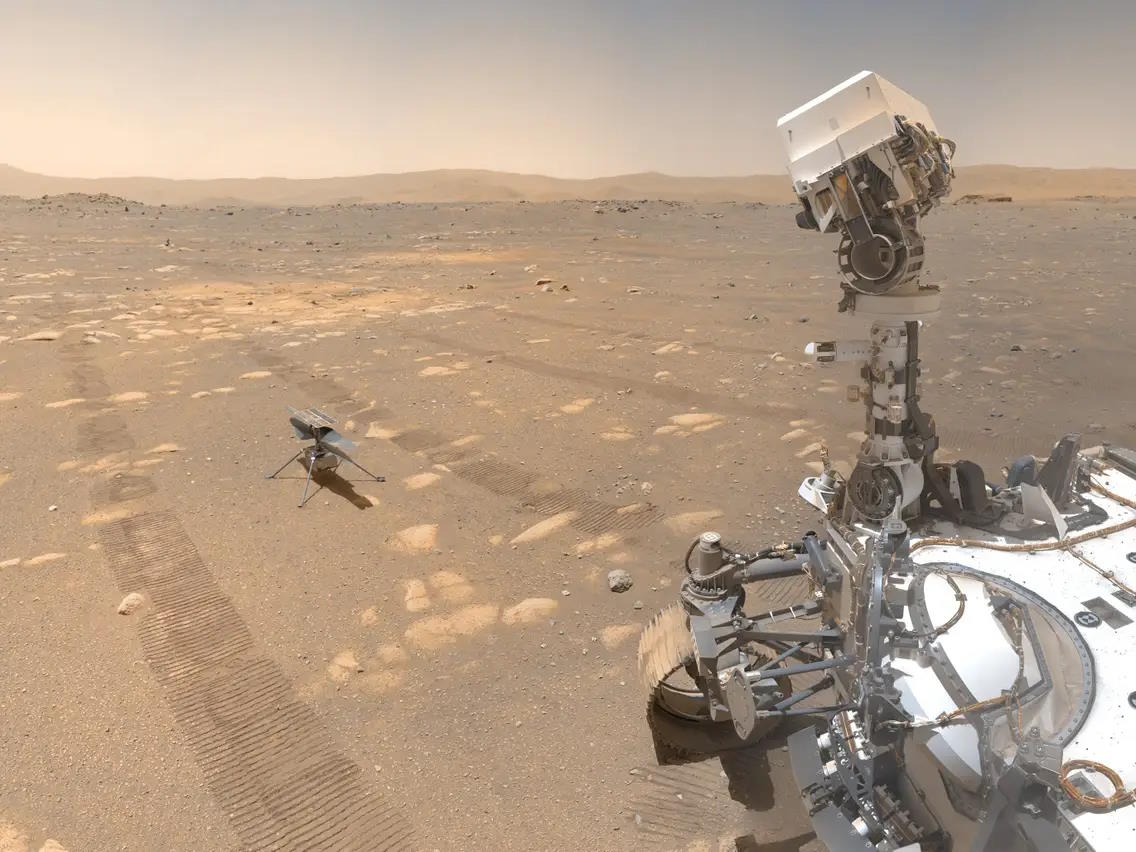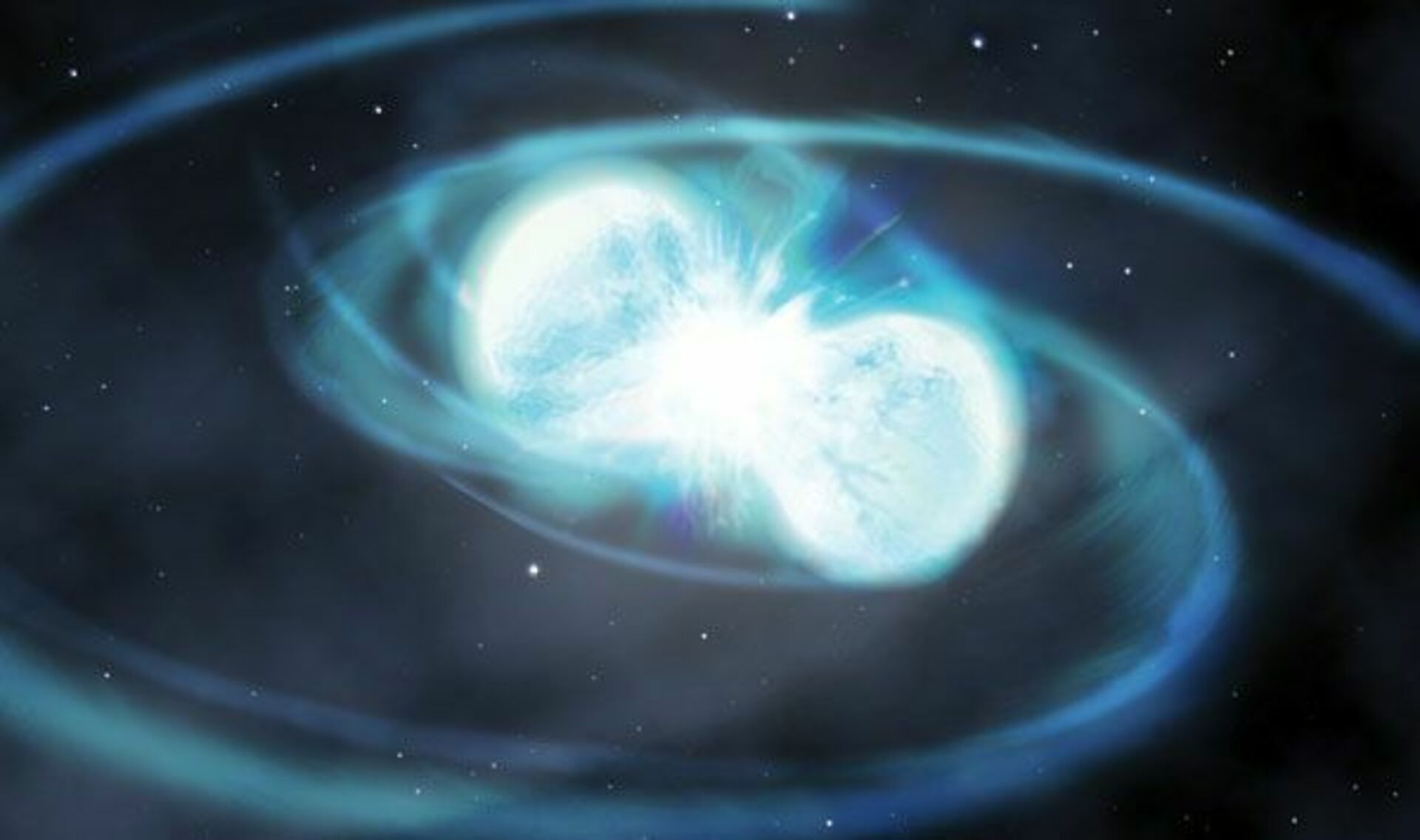Starts With A Bang podcast #96 – The cosmic gravitational wave background

- Wherever you have masses moving and accelerating relative to one another or relative to the curvature of space, gravitational waves, or ripples in spacetime, are produced.
- While gravitational wave detectors like LIGO and Virgo have directly detected gravitational waves from merging black holes and neutron stars, they're only brief splashes in the cosmic ocean.
- In addition, there are massive waves spanning many billions of kilometers, and a different type of detector, using pulsars from all across the Milky Way, are finally detecting them, too.
We all knew, if Einstein’s General Theory of Relativity were in fact the correct theory of gravity, that it would only be a matter of time before we detected one of its unmistakable predictions: that all throughout spacetime, a symphony (or cacophony) of gravitational waves would be rippling, creating a cosmic “hum” as all of the moving, accelerating masses generated gravitational waves. The intricate monitoring of the Universe’s greatest natural clocks, millisecond pulsars, would be one potential way to reveal this cosmic gravitational wave background.
But not many expected that here in 2023, we’d be announcing the first robust evidence for it already, and that future studies will reveal precisely what generates it and where it comes from. Yet here we are, with pulsar timing taking center stage as the second unique method to directly detect gravitational waves in our Universe!
For this edition of the Starts With A Bang podcast, I’m so pleased to welcome Dr. Thankful Cromartie to the show, where she guides us through the gravitational wave background, the science of pulsar timing arrays, and the underlying astrophysics of the objects that we monitor with them: millisecond pulsars. It’s a fascinating story and one that’s more accessible than ever with this latest podcast, and I hope you learn as much as I did listening to it.





